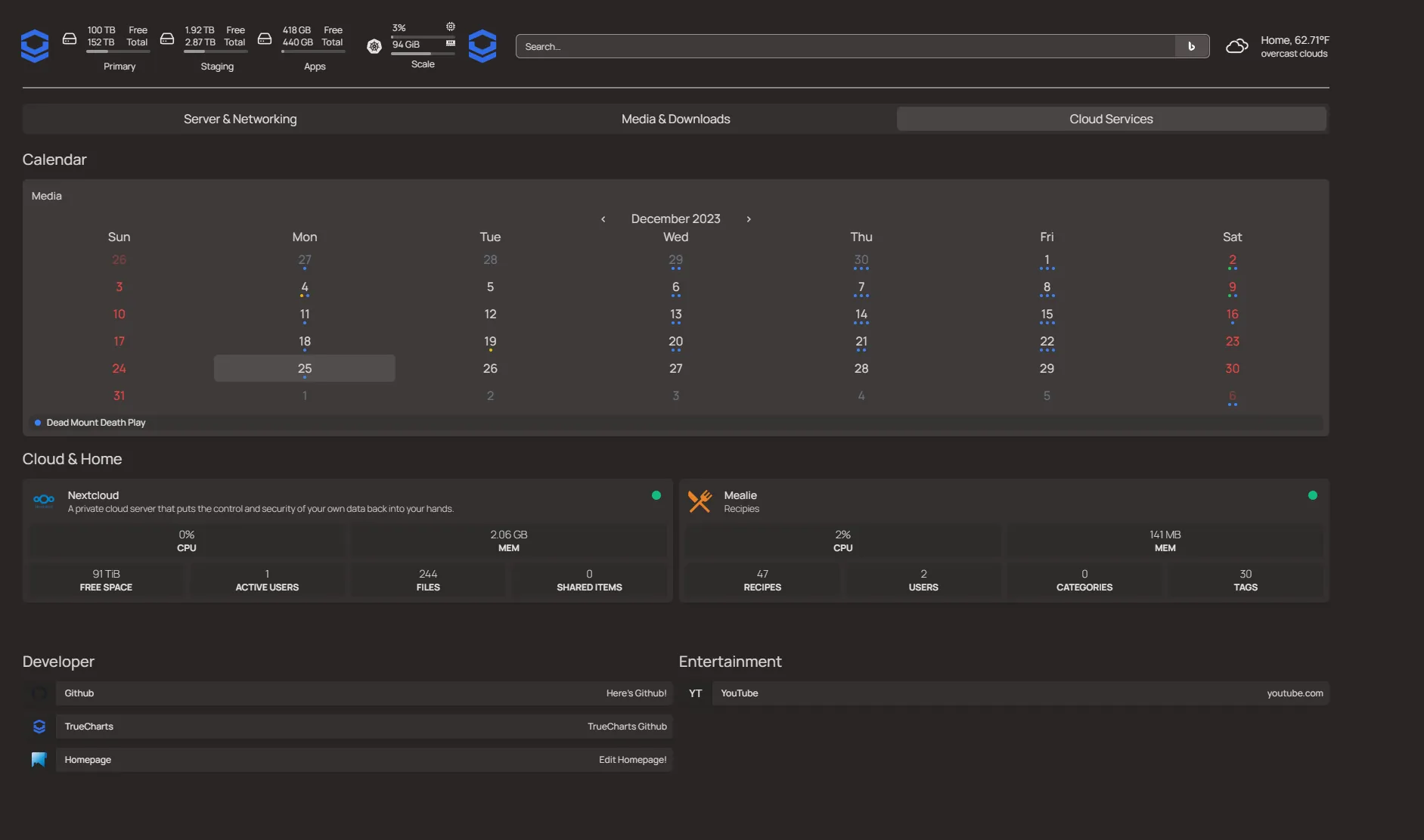The future of SCALE Apps
In recent weeks, there has been considerable speculation regarding the future of TrueCharts Apps for TrueNAS SCALE, particularly following comments from iX-Systems staff that were interpreted as suggesting a potential shift away from Kubernetes.
Acknowledging the concerns and uncertainties raised by users, we want to clarify our commitment to providing a reliable experience over the next year.
Our primary focus is to enhance the reliability of our Charts and Apps. While there is apprehension about iX-Systems’ stance on Kubernetes, our thorough analysis leads us to believe that a complete removal of Kubernetes-based SCALE Apps from TrueNAS SCALE is unlikely to occur within 2024. We understand the importance of transparency regarding the direction we are headed.
Recognizing the desire among SCALE users for a user-friendly GUI for deploying Helm-Charts as Apps, without grappling with intricate networking and storage issues, we are addressing this gap. Currently, there is a void for such users, and we acknowledge the legitimacy of their concerns.
To address this, we are actively working on supporting another “Helm as Apps” platform by the end of this year. Additionally, we are developing fail-safe solutions to facilitate smooth migration between different Kubernetes backends, with or without Apps, in the event of unexpected disruptions. This includes investments in standardized backup and restore technologies.
Looking beyond 2024, our vision is to continue supporting our robust SCALE Apps for as long as practical. To achieve this, we plan to replace some iX-Systems solutions with more standardized alternatives. Simultaneously, we aim to offer valid alternatives for SCALE Apps without imposing a specific direction on users, fostering a diverse and user-centric ecosystem.
